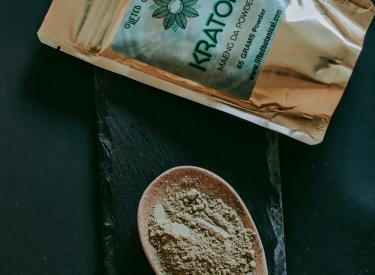
$26 Billion Opioid Settlement: What You Need to Know
Here’s the latest on the opioid settlement.
Last week, a $26 billion settlement agreement was reached with Attorneys General, the opioid manufacturer Johnson & Johnson, and the 3 major distributors: McKesson, Cardinal Health, and Amerisource Bergen. Of that total, $21 billion from McKesson, Cardinal Health, and AmerisourceBergen will be distributed over 18 years, along with $5 billion from Johnson & Johnson over a 9-year period, with up to $3.7 billion paid during the first 3 years.
This sounds like a lot of money for states to spend addressing the opioid crisis—but what’s in the fine print?
- The agreement would resolve the claims of both states and local governments across the country, including the nearly 4,000 lawsuits that have been filed in federal and state courts, meaning that no future lawsuits are possible against these entities.
- States have 30 days to sign onto the deal and local governments in the participating states will have 120 days to join.
- States and their local governments are incentivized to sign on to the agreement by receiving maximum payments if they’re all on board.
- Each state’s share of the funds was determined by using a formula that includes the number of overdose deaths, the number of residents with substance use disorder, the quantity of opioids delivered–and the population of each state.
- The private attorneys involved in the litigation are receiving $2 billion of the $26 billion, leaving the states and localities with $24 billion
- Of that $24 billion, only 70% needs to be spent on future opioid remediation; meaning states can utilize 30% to reimburse themselves for past expenses. There are no strict requirements for the spending of this 30%.
While the “majority” of the settlement agreement funding must go toward forward-looking strategies focused on lessening the suffering of the opioid crisis, there are still several ways in which the dollars could be misspent or subverted. This is all the more reason for increased oversight of the spending at the state level, including establishing a dedicated fund, an advisory council of diverse stakeholders, and reporting mechanism.
This influx of dollars will not come again, and we owe it to the thousands of lives taken by addiction to spending these finds wisely and on evidence-based programs for addiction.
Courtney Gallo Hunter is Shatterproof’s Vice President of State Policy




